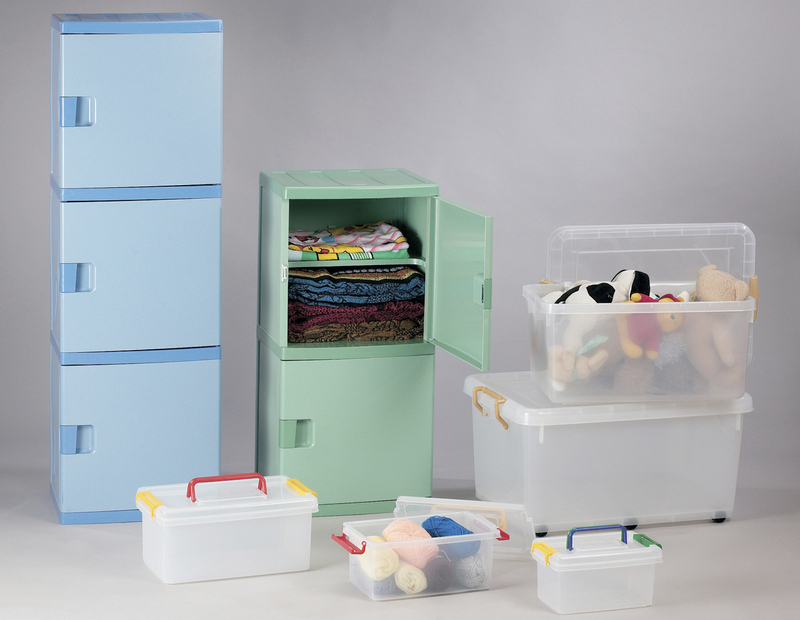How to Safely Transport Your Bed and Mattress
When it comes to moving house, one of the most challenging items to properly relocate is your bed and mattress. These are sizable investments and key contributors to a good night's sleep, so ensuring they reach your new place in pristine condition is paramount. In this in-depth guide, discover tips, techniques, and best practices for safe bed and mattress transportation--whether you're hiring professional movers or tackling the job solo.
Why Proper Bed and Mattress Transportation Is Important
Your bed and mattress aren't just pieces of furniture; they're essential for your health and well-being. Transporting them safely guarantees:
- Prevention of tears, stains, or dents
- Maintaining hygiene and cleanliness
- Retaining the warranty value
- A fresh start to your new home without stress
Below, we break down everything you need to know about moving a bed and mattress safely.

Preparation: Things to Do Before Moving a Bed and Mattress
Good preparation can make all the difference. Thorough planning not only saves time but also ensures your bedding investments remain intact. Here are the critical preparatory steps to follow:
1. Gather the Right Packing Supplies
- Mattress bags or covers: These shield your mattress and box spring from dust, dirt, and moisture.
- Stretch wrap or moving blankets: Protect bed frames from scratches and maintain all finishings.
- Packing tape: For securing covers, wraps, and padding.
- Basic tools (wrenches, screwdrivers): For bed disassembly.
- Furniture sliders: To help move heavy pieces with ease and prevent floor scratches.
2. Clear and Clean Pathways
- Remove obstacles like rugs, small furniture, or toys from hallways and doorways.
- Ensure both your current and new locations have wide, accessible routes for moving large pieces.
- Measure doorways, staircases, and elevators beforehand to make sure your bed and mattress will fit.
3. Clean and Inspect Your Mattress and Bed
Before wrapping anything, vacuum and clean the mattress and bed frame. Inspect for existing stains, damage, or loose parts so there are no surprises later.
Disassembling Your Bed Frame
Most beds are too large to transport in one piece. Begin by disassembling your bed frame into manageable components:
- Remove bedding and pillows first.
- Take off the mattress and the box spring (if any).
- Unscrew headboards, footboards, side rails, and slats. Keep screws and bolts in labeled plastic bags, taped to the respective frame sections.
- Wrap each section in moving blankets or bubble wrap to prevent scratches and dents.
- If you have a platform bed, remember to secure any moving parts, drawers, or storage areas.
Pro Tip:
Take photos as you disassemble your bed so you'll remember how to reassemble it later!
How to Pack and Protect Your Mattress
Protecting your mattress from the dirt and grime of a moving van or truck requires special attention. Here's how to properly pack your mattress for transport:
- Slip your mattress and box spring into heavy-duty mattress bags. These are inexpensive, available at hardware stores, and designed for moving.
- Seal the bag with packing tape to ensure it's airtight and no moisture or pests can enter.
- If you don't have a mattress bag, wrap the mattress in clean plastic sheeting and secure the edges tightly with stretch wrap.
- For extra protection, add moving blankets on top of the wrapped mattress, especially if you expect rough handling or inclement weather.
Special Tips for Different Mattress Types
- Memory foam or latex mattresses: These are heavier and more flexible. Always keep them flat when moving to avoid structural damage or sagging.
- Spring mattresses: Typically less heavy, but beware of sharp edges poking through fabric. Double-bag if you can.
- Hybrid or pillow top mattresses: These delicate constructions require additional padding to maintain their comfort layers.
How to Move Your Bed and Mattress
Transporting your bed and mattress safely involves physical effort and smart logistics. Decide whether you're using movers or friends, and plan the route and loading sequence accordingly.
Loading Tips for the Moving Truck
- Mattress and box spring should lay flat if space allows. Never bend or fold a mattress as it can harm its internal structure.
- If vertical, secure the mattress and box spring with straps to keep them from sliding, and avoid placing heavy items against them.
- Load bed frame components and slats next, making sure they're well-padded and cannot move around.
- Keep all hardware in an easy-to-find place; consider a "moving essentials" bag in the cab of your truck or car.
Moving Mattresses Through Tight Spaces
- Bendable foam mattresses can be gently compressed to navigate awkward turns, but consult the manufacturer's guide first.
- Traditional spring mattresses are not meant for bending. Slide them upright through doors, using two people for control.
- Use corner protectors or cardboard for narrow stairwells to avoid mattress punctures or scraping the walls.
Transporting Your Bed and Mattress: DIY vs. Professional Movers
Should you do it yourself or hire the pros? There are advantages to each, depending on your needs and budget.
Benefits of Hiring Professional Movers
- Expertise in handling large, awkward items
- Liability insurance covers damages during the move
- Less physical strain and stress on you
- Proper equipment like dollies, straps, and moving pads
DIY Moving: Tips for Safe Handling
- Enlist at least one friend for assistance; never move a mattress alone.
- Wear gloves for grip and to keep your hands clean.
- Use lifting straps if available, especially for king-size beds and thick mattresses.
- If using a car, only transport small mattresses (twin or full size). Always secure with rope or bungee cords, and avoid driving long distances with a mattress on the roof.
- Be mindful of weather conditions--don't transport mattresses in open trucks during rain or snow.
Unpacking and Setting Up Your Bed at Your New Home
The last step to transporting your bed and mattress safely is the careful reassembly and setup in your new space.
- Unpack immediately--don't let your mattress stay in the bag longer than necessary to avoid trapping moisture.
- Inspect again for any signs of damage (tears, broken slats, missing hardware).
- Reassemble the bed frame, using your labeled photos, and securely tighten all screws and bolts to ensure stability.
- Let the mattress air out for a few hours before sleeping on it; this dissipates any odors and allows it to regain shape after transit.
Cleaning and Freshening Tips
- Vacuum the mattress with a clean upholstery attachment before putting on fresh sheets.
- Deodorize with a light sprinkle of baking soda, let it sit for 30 minutes, and vacuum again.
- Wipe down the bed frame, especially if it's upholstered or wooden, to remove any dust gathered during the move.
Common Mistakes to Avoid During Bed and Mattress Moves
Even the most careful planner can make mistakes. Watch out for these pitfalls:
- Skipping mattress bags: This is the leading cause of post-move dirt and odor issues.
- Bending mattresses not designed for folding: This can irreparably damage the inner springs or foam layers.
- Not securing the mattress in the moving vehicle: A sliding mattress can lead to /tears/, stains, or even accidents.
- Forgetting to label hardware bags: This makes reassembly frustrating and time-consuming.
- Loading other furniture on top of your mattress: This compresses the mattress and can cause sagging or indentations.
Long-Term Tips for Maintaining Your Mattress After a Move
After the move, seize the opportunity to prolong your mattress's lifespan:
- Use a mattress protector to shield against spills and dust mites.
- Rotate and flip your mattress every three to six months if recommended by the manufacturer.
- Ensure your bed frame provides adequate support to prevent sagging.
- Keep humidity in check to avoid mold and mildew buildup, especially if the mattress was exposed to moisture during the move.
By maintaining your mattress, you'll not only protect your investment but also ensure quality sleep for years ahead.

Frequently Asked Questions on Bed and Mattress Transport
Can I move a king-size mattress by myself?
No. Due to weight and size, a king mattress should be moved with one or two helpers to avoid injury or property damage.
Can I fold my mattress to fit in a car?
Only bend mattresses that are specifically designed to be folded or rolled, such as some foam mattresses. Never bend an innerspring or hybrid mattress.
How do I prevent mold during transport?
Ensure your mattress is clean and dry before packing, and never leave it in plastic in humid conditions for extended periods. Unpack as soon as possible after arrival.
Is it safe to tie a mattress to my car roof?
While it's possible for short distances, this is generally not recommended due to safety hazards and potential legal issues. Always use a proper vehicle when moving mattresses.
How should I store my mattress if there's a gap between moves?
Store mattresses flat in a climate-controlled environment, covered with a breathable mattress bag. Avoid basements or garages with high humidity or temperature fluctuations.
Conclusion: Move Your Bed and Mattress Without Worry
Transporting a bed and mattress needn't be a source of anxiety. With the right supplies, careful planning, and safe handling, you can ensure your sleeping setup arrives at your new home intact, clean, and ready for restful nights. Whether you choose to handle the move yourself or hire experienced professionals, following these comprehensive tips will help you move mattresses and bed frames safely every time.
For more moving advice and detailed guides, check out our other articles on household item transportation and furniture moving tips. Sweet dreams in your new home!